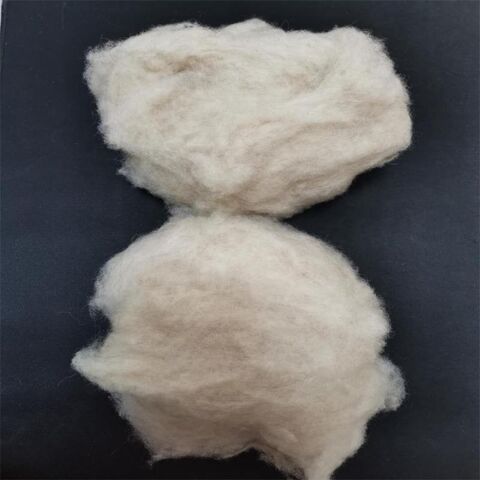What Makes cashmere a Top Choice for Premium Fashion and Comfort?
What Makes cashmere a Top Choice for Premium Fashion and Comfort?
Blog Article
Discover the Appeal of Cashmere an All-natural Fiber: Why It's a Must-Have in Your Wardrobe
The allure of cashmere, a luxury natural fiber, transcends mere aesthetics. From reviewing its interesting origin to comprehending its production high quality, care, and process, it's worth exploring why cashmere holds such an unique area in the globe of textiles.

The Origin and History of Cashmere: A Quick Review
While several may view cashmere as a simple deluxe, its background is steeped in abundant cultural tradition. Stemming from the Kashmir area in India, cashmere wool has actually been created for thousands of years. The fiber is gotten from the soft undercoat of cashmere goats, gathered during their molting period. As a valuable commodity, it was traded along the Silk Roadway, becoming very valued in Europe in the 18th century. The name 'cashmere' is an old English derivation of Kashmir. In spite of its worldwide appeal, most of cashmere production still continues to be in Asia, particularly China and Mongolia. This historical trip highlights the cultural value of cashmere, transforming it from a local specialty to an international high-end.
Comprehending the One-of-a-kind Features of Cashmere Fiber
Cashmere, renowned for its distinctive attributes, stands out on the planet of fabrics. This elegant fiber is unbelievably soft, providing a comfortable and comfy feeling unlike any kind of other. It is considerably warmer than woollen, making it an ideal choice for wintertime garments. Regardless of its heat, cashmere is surprisingly lightweight and doesn't add unneeded mass. This natural fiber is also known for its toughness. While various other products may wear down in time, cashmere maintains its top quality, ensuring long-lasting wear. Finally, cashmere possesses a special visual appeal. Its gentle radiance and sophistication make it a staple in premium fashion. Comprehending these residential or commercial properties makes clear why cashmere is not just a high-end, however a worthwhile financial investment for any kind of closet.

The Process of Making Cashmere: From Goat to Garment
To value the glamorous buildings of cashmere fully, one need to recognize its trip from the raw fiber to the finished product. The process begins with the cashmere goats, mainly located in Mongolia, China, and Iran. The soft undercoat of these goats, harvested during their natural molting period in springtime, gives the raw product. This fragile fiber is then thoroughly separated from the coarser outer hair in a labor-intensive process understood as dehairing. The pure cashmere is after that colored, rotated right into yarn, and finally knitted or woven into the sought after garments. Each step is carefully carried out to maintain cashmere's remarkable warmth, softness, and sturdiness. This complex process leads to the development of a genuinely extravagant textile.

Decoding the High Quality and Rate: Why Is Cashmere so Expensive?
Cashmere stems from the great undercoat of the cashmere goat, with each goat creating a simple 150 grams yearly. The handling of raw cashmere calls for both time and experience, with the fibers requiring to be thoroughly sorted, cleaned, and spun. These factors incorporated make cashmere a pricy yet very in-demand asset in the globe of fashion.
Cashmere in vogue: The Adaptability and Timeless Allure
Regardless of its high rate, the timeless charm and convenience of cashmere have solidified its location review in the world of style. The functional nature of cashmere allows for its integration into both laid-back and official attire, representing its broad charm. As fads come and go, cashmere continues to be a consistent, its allure undiminished, continuing to shape the fashion and influence market's landscape.
Caring for Your Cashmere: Maintenance and Preservation Tips
Making sure the long life of cashmere garments calls for certain treatment and focus. These treasured properties should not be thrown into the cleaning equipment with normal washing. Rather, hand cleaning with mild, pH-neutral soap in lukewarm water is encouraged. After washing, they ought to not be wrung out. Instead, they must be carefully pressed between Home Page towels to absorb excess water, then laid flat to dry. Normal cleaning this page with a cashmere comb can protect against pilling. Saving these products in a great, dry location, preferably in a breathable bag, can safeguard them from moths and humidity (is cashmere a natural fiber). An occasional airing outside, far from straight sunshine, can revitalize the fibers. With these maintenance and conservation pointers, one can guarantee their cashmere continues to be long lasting and luxuriously soft.
Final Thought
Cashmere, with its unrivaled gentleness and heat, provides both high-end and longevity. Discover the allure of cashmere and raise your style arsenal.

Report this page